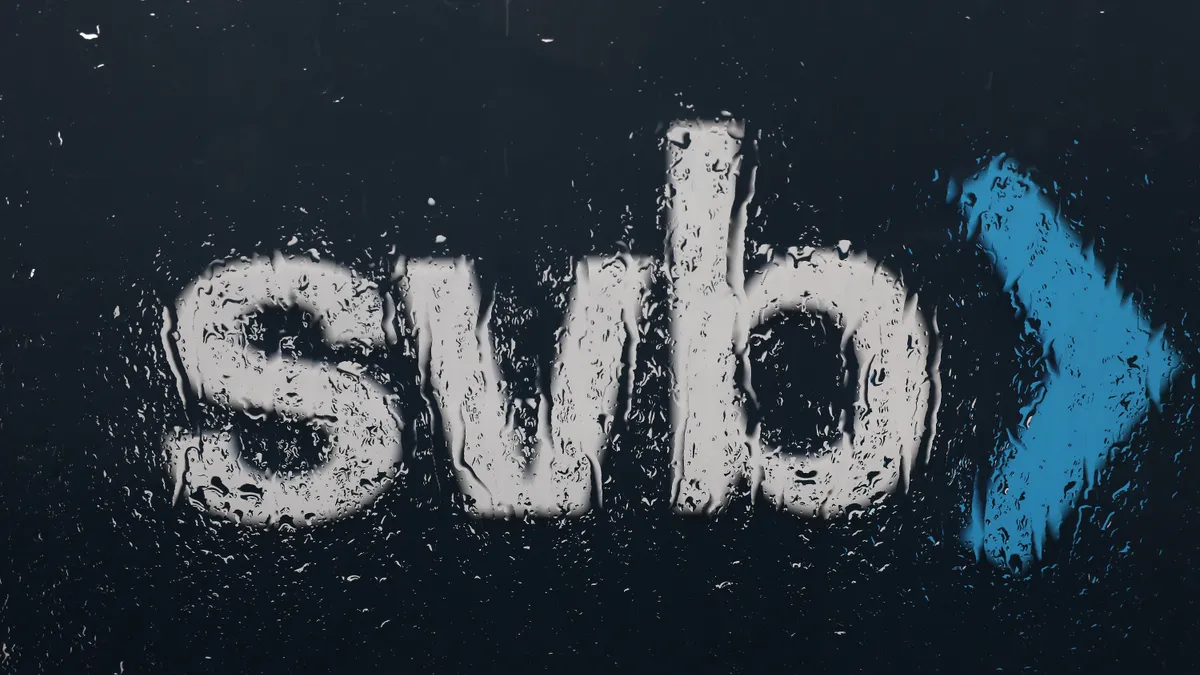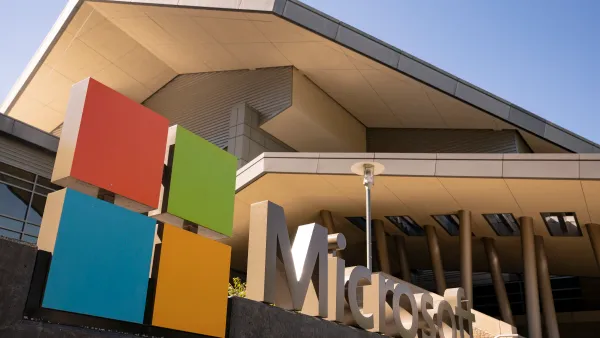Dive Brief:
- The Federal Deposit Insurance Corporation Sunday issued answers to frequently asked questions to deposit holders and shareholders of failed Silicon Valley Bank, aiming to provide greater clarity for entities and individuals with assets or loans tied to the bank following its swift collapse on Mar. 10.
- The FAQs were quickly followed by a Monday statement from the FDIC, which announced that as receiver, it had transferred insured and uninsured deposits in full to the Deposit Insurance National Bank of Santa Clara (DINB) also created Friday.
- The FDIC is still determining end dates on services including SVB credit and debit cards, automatic payments, direct deposit, social security and bill pay, according to the FAQs.
Dive Insight:
Once a darling destination for startup and venture capital funds, the weekend implosion of the Santa Clara, California-based SVB has left both its former clients and the wider banking world reeling. Gaining insight into their businesses’ potential exposure as well as the likely reverberations of the collapse is especially important for CFOs, faced with safeguarding their businesses’ financial health.
CFOs expressed concern about a number of issues surrounding the bank’s collapse, according to a Monday update by the CFO Leadership Council following an emergency discussion with their members — many of whom are SVB customers. This included questions surrounding deposits, transactions such as checks, ACH payments and wires in and out, as well as payments going into SVB, loans and lines of credit.
The FDIC’s answers on these and other key areas, found in their FAQs as well as other statements, are included below:
-
Deposits
The fate of deposits remains top of mind for CFOs, as well as SVB clients. As of Dec. 31, SVB had approximately $209 billion in total assets and about $175.4 billion in total deposits, the FDIC said Friday, noting “at the time of closing, the amount of deposits in excess of the insurance limits was undetermined.”
A joint statement put out Sunday by the FDIC, the U.S. Federal Reserve and the Treasury told depositors they could expect to have “access to all of their money” as of the following day.
The Fed’s actions will likely provide profound relief to many deposit holders, as prior to the Fed stepping in, those with deposits over the $250,000 FDIC coverage limit would have needed to wait to see their funds paid out of the liquidation of the bank’s assets. “Expect a steep haircut on anything — you are essentially an unsecured creditor in the bankruptcy process — unless the government makes a special provision,” CFO Leadership Council members advised prior to the release of the joint statement, noting Monday the deposit landscape has since been updated.
The majority of SVB deposits fall over that limit and are thus uninsured, according to recent reports by the Wall Street Journal and Time Magazine, the latter of which found more than 85% of deposits were over $250,000.
The Monday joint statement also offered protection to deposit holders of New-York based financial institution Signature Bank, which was shuttered by New York regulators Sunday two days after SVB in what could potentially be the U.S.’s third-largest bank failure.
“We are also announcing a similar systemic risk exception for Signature Bank, New York, New York, which was closed today by its state chartering authority,” the Sunday joint statement reads. “All depositors of this institution will be made whole.”
The bank had total assets of $110.4 billion and total deposits of $88.6 billion as of Dec. 31, according to a Sunday press release by the FDIC detailing the transfer of deposits to the FDIC-operated Signature Bridge Bank, N.A.
-
Payments and transactions
Automatic payments will continue until the account in question is closed or the end of the DINB, according to the FAQs. Merchants “and others are encouraged to honor Silicon Valley Bank checks,” as they, alongside interest checks and cashier’s checks will continue to clear “up to the insurance limit until the DINB end date,” the FDIC said.
Bill pay, which was closed over the weekend, resumed Monday. “Any payments scheduled MUST CLEAR your account before the account is closed or at the end of the DINB, whichever occurs first,” the FDIC said, “You should arrange a new online banking service promptly since this service will be discontinued.”
CFOs with FDIC experience said it was “unlikely” transactions in process would go through and advised fellow financial leaders that “when in doubt, ask for wire confirmation numbers to help determine whether something has cleared or not,” according to members of the CFO Leadership Council. Members also recommended figuring out and turning off any payments going into SVB, as they will likely wind up languishing there.
-
Loans and lines of credit
Loan holders should continue to make payments to the same address, with checks payable to SVB, the FDIC said Sunday. “It is the FDIC's intention to sell all loans, and it will be up to the new owner to determine the best method to collect the loan,” they said. “If your loan is sold, you will be notified by mail in advance of the sale.”
All lines of credit will be frozen permanently beginning from the March 10 closure, with the DINB not allowing overdrafts. Checks overdrawing accounts before Monday will be returned unpaid, the FAQs said.
-
Next Steps
For those companies which do have assets within SVB, the largest, most crucial step will be finding a new financial institution for their needs. However, “at least one CFO who had experience living through the Lehman disaster cautioned that in the race to move to a new bank you do due diligence before signing paperwork,” according to the CFO Leadership Council update, referring to the 2008 collapse of Lehman Brothers. “It can be a big mess down the road if you’re not careful.”












